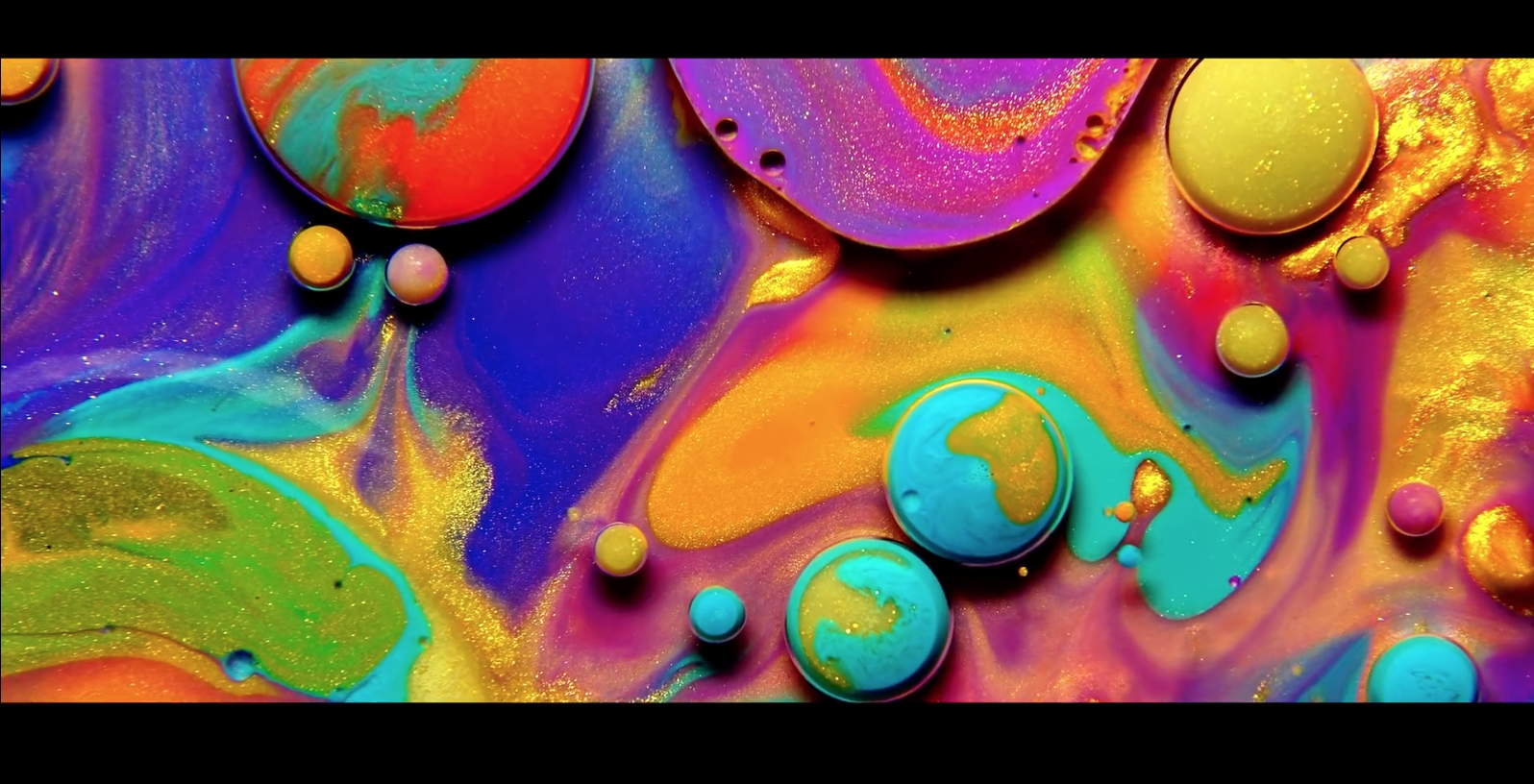Politico created a GDPR power matrix, plotting both regulators, politicians and companies along axes for their influence and preparedness.
Politico created a GDPR power matrix, plotting both regulators, politicians and companies along axes for their influence and preparedness.
While reading How Fortnite Captured Teens’ Hearts and Minds in the New Yorker, I feel like I almost understand the Fortnite hype. I must be getting old. 😉
Amazon is now also officially in the surveillance business: The company has developed a powerful and dangerous new facial recognition system and is actively helping governments deploy it. Amazon calls the service “Rekognition. Marketing materials and documents obtained by ACLU affiliates in three states reveal a product that can be readily used to violate civil liberties and civil rights. Powered by artificial intelligence, Rekognition can identify, track, and analyze people in real time and recognize up to 100 people in a single image.
Just installed Dialog on my Android phone. And it looks really good, @mikedotfm! Recommended!

Dan Nosowitz hits the nail on the head in I Don’t Know How to Waste Time on the Internet Anymore: And then, one day, I think in 2013, Twitter and Facebook were not really very fun anymore. And worse, the fun things they had supplanted were never coming back. Forums were depopulated; blogs were shut down. Twitter, one agent of their death, became completely worthless: a water-drop-torture feed of performative outrage, self-promotion, and discussion of Twitter itself.
This looks like a useful resource: How to Easily Remove Old Tweets and Facebook Posts
Om Malik in Facebook, Social Media and the Social Contract:
The way I think about the problem we have right now (with social media) is to think about the problem we had in the past with tobacco.
There are some great tips in @chartier’s Finer Tech Newsletter #43. I’m definitely going to use the rotate movies on your iPhone with iMovie tip!
We’re in the Uncanny Valley of Targeted Advertising. And the Electronic Frontier Foundation knows how we can get out of it.
Jason McIntosh is certain that the IndieWeb movement is ready for the next step.)
It’s a bit all over the place, but I like the general ideas behind Motivating the Greatest Geniuses in AI to Change the World Instead of Destroy It.
Wow! Lobe’s introduction video is really well done. This is LEGO for AI.
Jacob Silverman:
For the better part of two decades, an important set of assumptions has underwritten our use of the internet. In exchange for being monitored — to what degree, many people still have no idea — we would receive free digital services.
Tom MacWright describes how simple it is to drop Google in 2018:
Switching off of Google in 2018 is easy because you’ve probably abandoned most of their products anyway, and the ones you’re still using are stagnating.
The Zebro autonomous swarming robot developed for rescue operations is an interesting idea:
Equipped with audio sensors, a ‘self-deploying sensor network’ and the ability to call for human assistance, they can swarm en masse like insects across difficult or damaged terrains to search for anyone who needs help.
How to edit the titles of iCloud Photos Memories: On iOS, you have to start the movie, and then you can tap the edit button. There you can change the title, title image and remove photos. I only discovered this useful feature a few months ago. And although on iOS it feels like more of a workaround, I now use it regularly.
Wow! Beautiful.

Wow! Google is going to make podcast listening on Android a first-class experience. And there is a world to win, because: (..) the majority of people who listen to podcasts do so on an iPhone. It’s actually so egregious that on a device-by-device basis, the average iPhone listens to over ten times more podcasting than the average Android. It’s also Google’s first serious move in trying to become the dominant player in the podcast space.
I finally read the New Yorker article on Susan Kare, ‘The Woman Who Gave the Macintosh a Smile’. And loved this detail about the Command icon on every Mac keyboard: The command icon, still right there to the left of your space bar, was based on a Swedish campground sign meaning “interesting feature,” pulled from a book of historical symbols. The hardest icons were actions that didn’t have a real world equivalent, like Undo.